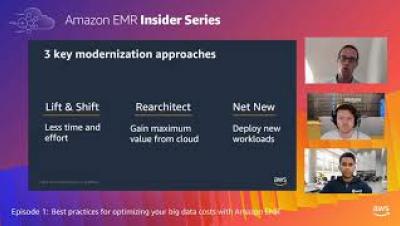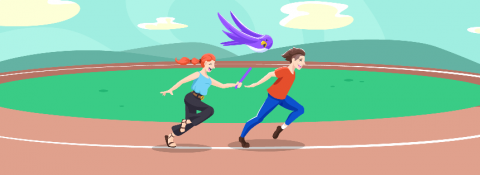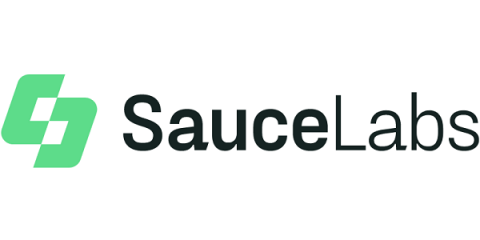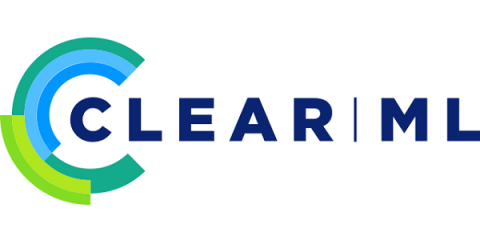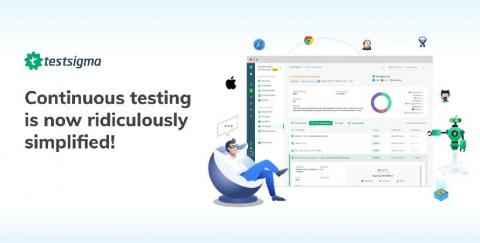Systems | Development | Analytics | API | Testing
%term
How to Incorporate Security Into Your company's SDLC
It’s been shown that if you follow a proven collection of practices for developing, designing, testing, implementing, and maintaining your software, you will produce a much higher quality product. Over the past few years, we have seen an increasing number of cases of attacks on the application layer. The Open Web Application Security Project, OWASP, estimates that around one-third of web applications contain security vulnerabilities.
Digital Transformation is Way More than Just Digital
Over the last 25 years, I have an unparalleled front seat to the digital transformation that is now accelerating in the connected manufacturing and automotive industry. Not many people have had the opportunity to witness the transformation and be as active in this area as I have; I consider myself lucky.
5 Pointers For Great Analytics Storytelling
Most of us know the story of “The Tortoise and the Hare.” It is one of Aesop’s classic fables in which a speedy, overconfident hare becomes complacent and realizes, all too late, that the tortoise, although outmatched, has managed to beat him in a race. It teaches us lessons about overconfidence and perseverance and has caused phrases like “slow and steady wins the race” to creep into our everyday language.
Adoption of a Cloud Data Platform, Intelligent Data Analytics While Maintaining Security, Governance and Privacy
“You cannot be the same, think the same and act the same if you hope to be successful in a world that does not remain the same.” This sentence by John C. Maxwell is so relevant to rapidly changing cloud hosting technology. Businesses understand the added value and are looking at cloud technologies to handle both operational and analytical workloads.
The Soft Side of APIs:Making Better Decisions for Building a Technology Stack for APIs and Microservices
At Kong, I get a chance to discuss with various organizations their plans and projects to adopt microservices and expose them with APIs. During these discussions, I’ve started to recognize some patterns that appear with regularity – patterns that have less to do with technology than with people. Technologists and engineers like myself usually do not pay too much attention to the “softer” aspects of technology implementations.
A Dev Manager's Guide to Smooth Transitions and Handoffs
As they say in the sports world, “instinctively knowing when to run forward, when to ease back, and when to let someone else take over...these are the marks of a great team and a great team player”. Here, in the tech world, we couldn’t agree more.
What Security Means for Web and Mobile Application Testing
Employees today are more mobile than ever. As we saw, due to COVID-19 the majority of organizations moved their employees to a work from home model overnight. This quick change of location forced businesses to implement solutions that would provide their workforces secure remote access to an increasingly complex corporate network.
ML / DL Engineering Made Easy with PyTorch's Ecosystem Tools
This blog post is a first of a series on how to leverage PyTorch’s ecosystem tools to easily jumpstart your ML / DL project. The first part of this blog describes common problems appearing when developing ML / DL solutions, and the second describes a simple image classification example demonstrating how to use Allegro Trains and PyTorch to address those problems.
Desktop Application Testing vs Web Application Testing
There are lots of applications that users use these days. Some are accessed via the internet while some of them are installed on the user’s computer. The former being categorized as the web-based applications while the latter falling into the desktop applications category. There are a lot of differences in the operating mechanisms of both and some groups even consider either one of them as being better than the other.


